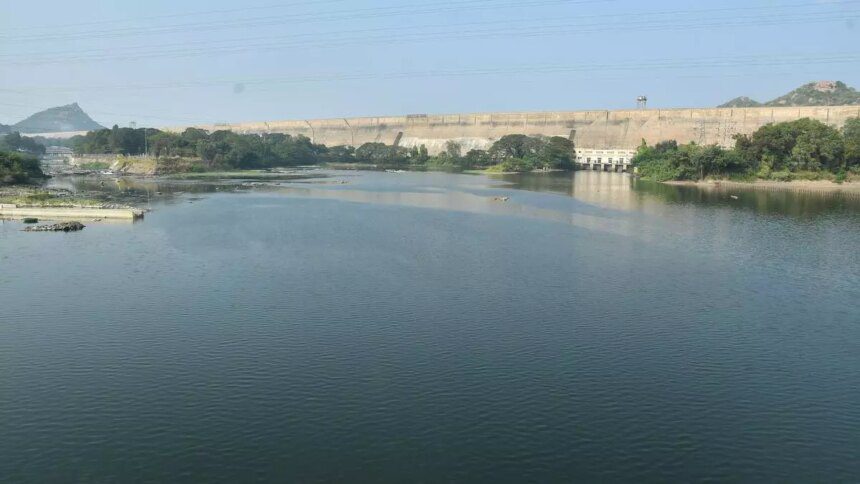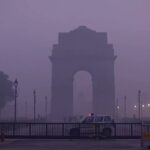The water level in India’s major reservoirs has been a cause for concern as it has been dropping for the 10th consecutive week. With over 90% of districts in the country receiving scanty or no rainfall since January 1, the storage in these reservoirs has decreased to 71% of their total capacity. This is higher than last year but still below the average of the last 10 years.
One particular area of concern is Punjab, where the lone reservoir’s level has dropped to nearly 20% of its capacity. This situation is mirrored in other regions of the country as well, with the northern, eastern, western, central, and southern regions all experiencing a decline in reservoir levels.
According to data from the India Meteorological Department (IMD), 89% of districts have received no rainfall, while seven percent have received largely deficient and three percent deficient rainfall. This has contributed to the dwindling water levels in the reservoirs.
However, there is hope on the horizon as the IMD has forecast above-normal rainfall in January, with rains expected from January 11 onwards. This is likely to slow down the rate at which the reservoir levels are decreasing and provide some relief to the water situation in the country.
It is crucial for authorities to monitor the water levels in these reservoirs closely and take appropriate measures to manage the water resources effectively. This includes implementing water-saving measures, promoting water conservation practices, and ensuring sustainable use of water for agriculture, industry, and domestic purposes. By addressing these challenges proactively, India can mitigate the impact of water scarcity and ensure a more secure water future for its citizens.









